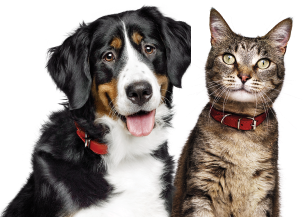Papillons are generally outgoing, happy dogs that enjoy sitting in laps as much as they like running around the house. Although lively and energetic, they are not considered high-strung, nervous or fearful, and they do not bark excessively.
The typical papillion enjoys socializing with cats and with other dogs. Papillons do not hesitate to engage larger animals in play, but owners should be careful that the larger animal does not treat the papillion as prey. Papillons also enjoy playing with children, but youngsters must be careful not to roughhouse with these lively little dogs.
The papillion’s alertness, intelligence and intense desire to please make it a favorite in obedience competition. They are also known to have notable talents in tracking, agility, and as therapy dogs.
The papillion is a delightful, easy-to-care-for companion. These dogs need relatively little exercise, although they do enjoy running around. Being small, they require less food than larger dogs. They have no doggy odor.
Papillons adapt as well to a city apartment as to a country estate. They also travel well and, because their crates or carriers usually fit under airplane seats, they can travel by air without the risk of being stuck in the cargo hold.
As is the case with other small dogs, papillions often appear to have stepped into a fountain of youth until close to the end of their relatively long lives. The average papillion’s life span is 12 to 15 years.
The papillion is a descendant of a European Toy Spaniel. These spaniels appear in paintings of the royal courts of Europe dating back to the early 16th century. The best known of these court painters, Titian (Vecelli), included a number of the tiny spaniels in his paintings starting around 1500.
Through the Renaissance and beyond, most Toy Spaniels had drooping ears. The erect butterfly-like ears that give the papillion its distinctive look, not to mention its name, did not become fashionable until the end of the 19th century.
Although the papillion and its ancestors were favorites among European royal families, its charm has been something of a secret in modern times. That may be changing, however; in 1999, a papillion named Ch. Loteki Supernatural Being (Kirby) won the prestigious Westminster Kennel Club Dog Show.






















